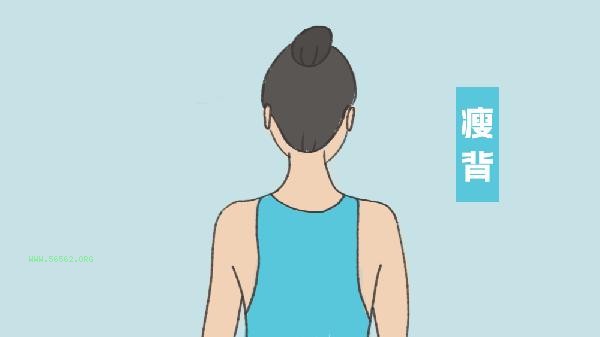Dieting to lose weight and avoid hypoglycemia requires a scientific diet strategy. The main methods include eating serving of individual dishes, choosing foods with low glycemic index, ensuring protein intake, supplementing multivitamins and monitoring body signals.

1. serving of individual dishes:
A small amount of food taken 5-6 times a day can keep blood sugar stable. Split the three main meals into morning snacks and afternoon tea, and consume 100-150 calories of food each time, such as whole wheat bread paired with sugar free yogurt. This eating pattern can avoid sudden increases and decreases in postprandial blood sugar, especially suitable for female weight loss patients with lower basal metabolic rates. It is recommended to set meal times at 10am and 3pm to continuously stimulate stable insulin secretion.
2. Low GI food selection:
Prioritize using foods with a glycemic index below 55 as a source of carbohydrates. The dietary fiber of coarse grains such as oats, black rice, and buckwheat can delay sugar absorption, and it is more effective when consumed with green leafy vegetables. Avoid fast digesting carbohydrates such as refined rice flour and sugary drinks, as these foods can lead to excessive insulin secretion and trigger reactive hypoglycemia. Diabetes patients should strictly follow the principle of low GI diet to lose weight.
3. Adequate protein intake:

Daily intake of 1.2-1.5 grams of high-quality protein per kilogram of body weight. The protein in chicken breast, fish, and soy products can be converted into glucose precursors for continuous energy supply, which can prolong satiety and prevent nocturnal hypoglycemia. Protein foods should be evenly distributed to each meal to avoid kidney burden caused by concentrated intake. Whey protein powder can be used as a convenient supplement option during meals.
4. Vitamin supplementation:
Compound B vitamins and chromium elements are crucial for sugar metabolism. Vitamin B1 participates in carbohydrate conversion, B6 helps with liver glycogen breakdown, and chromium can enhance insulin sensitivity. Supplementing by taking multivitamin supplements or consuming natural ingredients such as animal liver and nuts. Long term dieters need to pay special attention to the supplementation of vitamin B12, as a deficiency can lead to neurological damage.
5. Body signal monitoring:
identifies precursor symptoms of hypoglycemia such as palpitations, hand tremors, and cold sweats. It is recommended to equip a portable blood glucose meter for immediate detection in case of discomfort. If the blood glucose level is below 3.9mmol/L, 15 grams of fast carbon should be replenished in a timely manner. Be doubly vigilant before and after exercise to avoid the dangers of fasting exercise. People with a history of diabetes or gastrectomy should develop a weight loss program under the guidance of a doctor. During the implementation of dieting and weight loss, it is recommended to drink at least 2000 milliliters of water per day to promote metabolism, and ensure a sleep time of 7 hours to maintain cortisol rhythm. You can engage in low-intensity exercises such as brisk walking and yoga to avoid intense exercise on an empty stomach for long periods of time. Weight loss should not exceed 1% of body weight per week, and individuals with low body fat percentage need to adjust their weight loss strategies. When severe hypoglycemic symptoms such as persistent dizziness and blurred consciousness occur, immediate medical treatment should be sought. Recording daily diet and body reactions can help nutritionists adjust personalized plans.




Comments (0)
Leave a Comment
No comments yet
Be the first to share your thoughts!